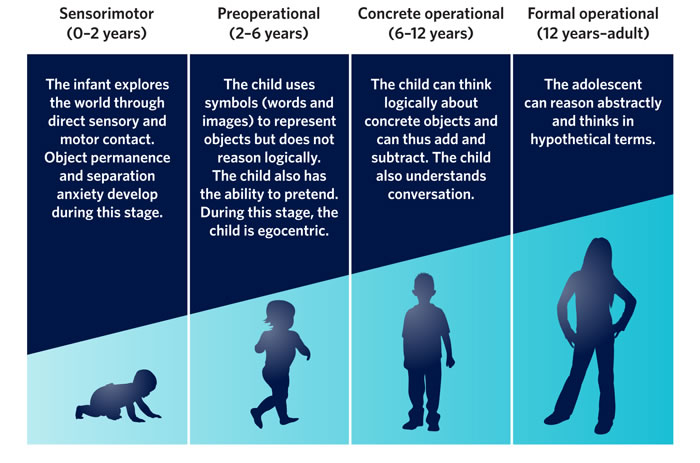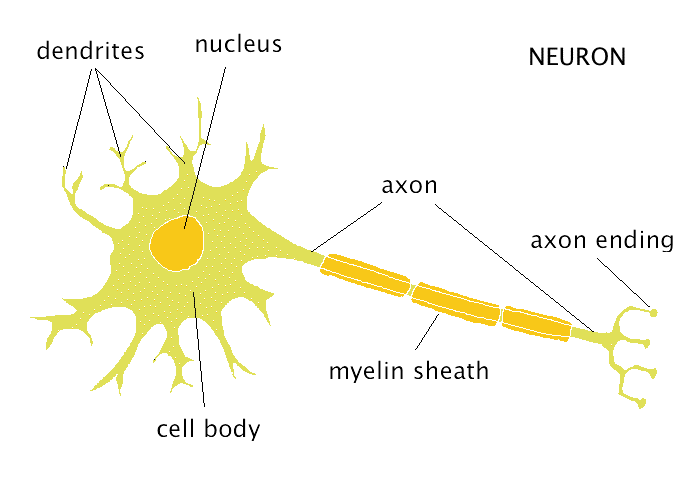BRAIN DISEASES
1. Brain tumor: a tumor is abnormal tissue that grows in the brain, that can be malignant or benign.usually the grow in one place but can be cured surgically
2. Cerebral Palsy: is a developmental defect that appear after or before the birth of a child. The Cerebral Palsy affects the motor areas, and the intelligence of this individuals are limited and sometimes they can have a severe mental retardation. This disease can affect the body movement that can be severe or less severe.
3.Epilepsy: is a disease of the nervous system that leads a person to have seizures. A seizure is an uncontrolled movement of the body and sometimes it involves loss of consciousness.
- partial seizures: specific areas of the brain, and symptoms vary depending on the location in wich the seizure activity is being performed.
- generalized seizures: involves a larger portion of the brain.
4.Headaches: there are different types of headaches, such as, Tension Headache (caused by muscular tension in 3 main parts, neck, shoulders and head), Migraine (intense recuring headache, whose nature is unknown) and Cluster Headache (it is consider as a form of migraine).
5.Meningitis and Encephalitis: this diseases are infections of the brain and the spinal cord whose lead actor is a virus or a bacteria. Both diseases can leave a permanent injury on the brain.
- Meningitis: inflammations of the coverings of the brain and spinal cord
- Encephalitis: inflammations of the brain tissue.
6. Mental Illness: This disease involves a wide range of problems on how the think or feels. Some mental illnesses are inherited others are a consequence of and accident that haves impact on the brain or because of drug and alcohol abuse. Bipolar disorders and Schizophrenia may first apear during childhood. The most common illnesses in teenagers are eating depresion, eating disorders, obsessive-compulsive disorders and phobias.
7.Head injuries: the head injuries fit in two categories, external injuries and internal injuries. The external injuries are the ones that affects usually the scalp, and the internal ones affects the skull, blood vessels and brain. The most common head injury is a concussion in which too many of them can bring premanent damage on the brain.
Figures retrieved from google images.
















